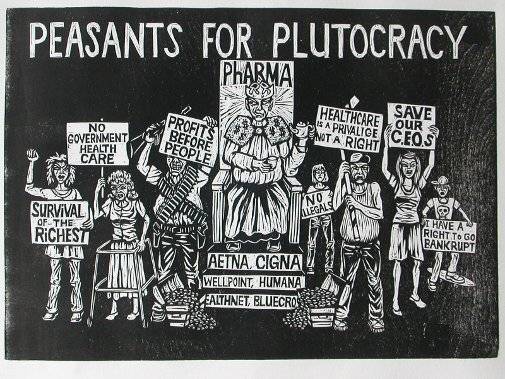It is amazing how many CON$ who support smoking tobacco are Nanny-Staters when it comes to smoking pot!
I don't have a problem with either one. If you want smoke cigarettes or weed, smoke 'em.
It's your body, you own it, and everybody else needs to STFU and mind their own business.
I agree, it is your body. If you want to smoke, go for it. BUT...do the people in the room with you have the same right? OR, do YOU alone have the right to breath in smoke, and the rest of the people have to forfeit their right to breath clean air?
Isn't it a right ONLY if it doesn't infringe on the rights of others?
I never liked people smoking in restaurants, even when I used to smoke. Find it hard to appreciate the food. Which is why I liked restaurants with smoking and non smoking areas.




 Science experiments?)
Science experiments?)